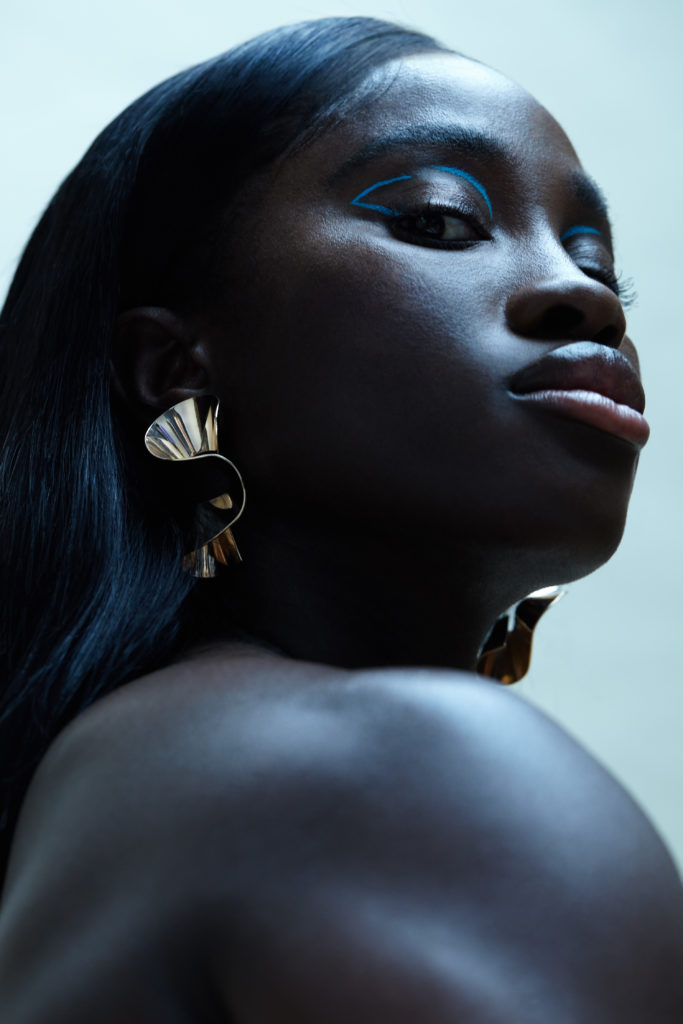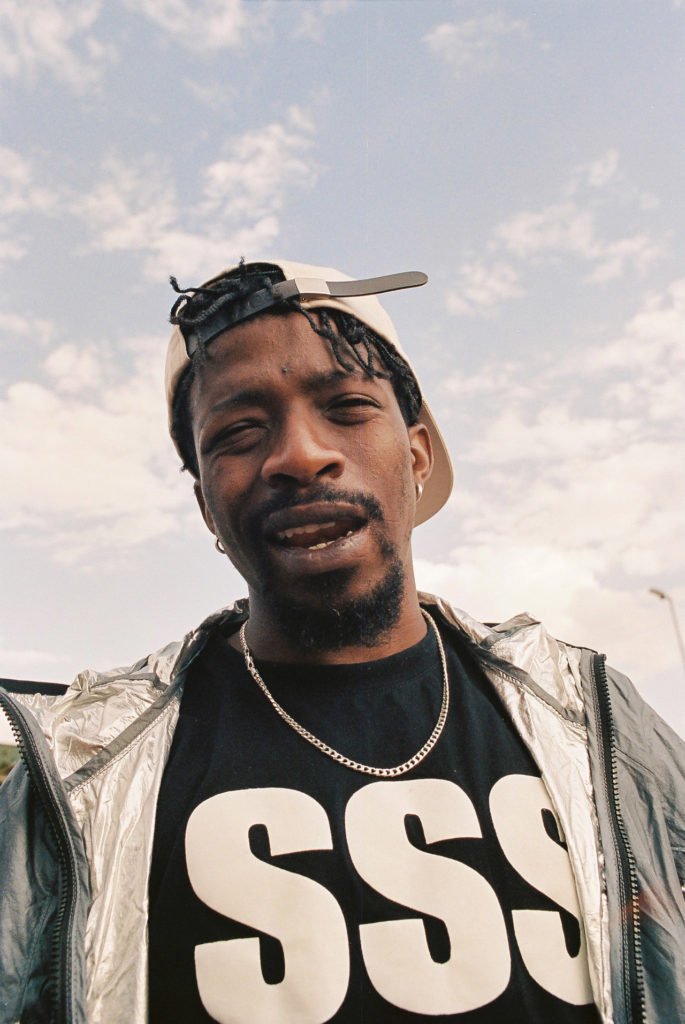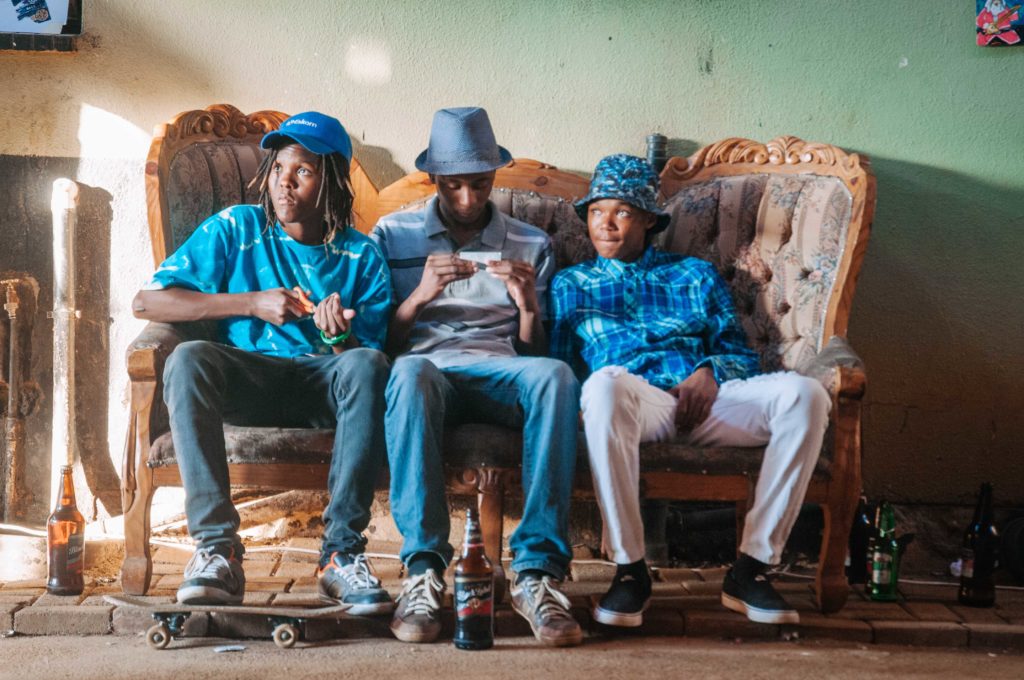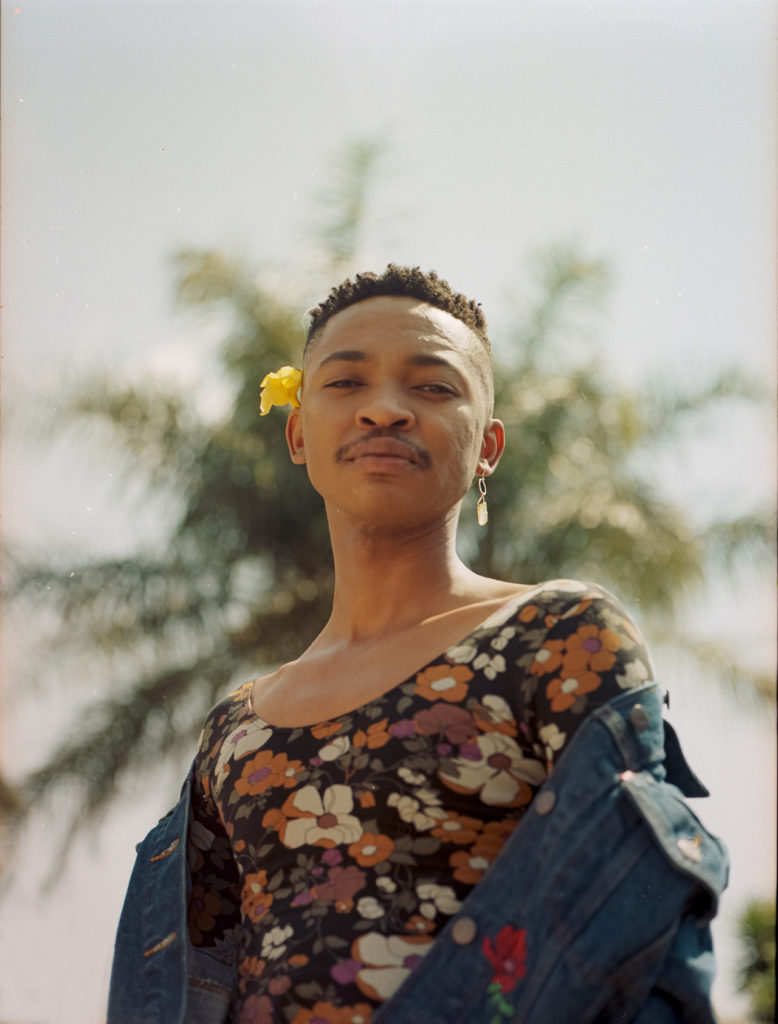Perspectives: Womanhood and Mental Health in British Sport with Anastasia Orlando
This article contains image descriptions in the captions to help those with visual impairments.

GB athlete Annie Tagoe speaks about mental health, the BLM movement and how lockdown has opened up a new modelling career, in conversation with photographer Anastasia Orlando
What has been the biggest challenge for you in 2020/2021 and then what has been the highlight?
The biggest personal challenge has been being healthy and the fittest I’ve ever felt and not being able to compete. After having surgeries on both knees a few years ago and extensive rehab, I finally felt so good in 2020. I was fit again. I was healthy. I had energy. I was ready to run! And then almost all the competitions got cancelled. But out of all of this I’ve learnt how mentally strong I am.
As for highlights, I’ve actually enjoyed lockdown! I got engaged! I don’t normally get to spend time with my family because I’m always travelling so this is the first year I’ve been here for a lot of their birthdays. Normally I’d be away training over Christmas, so it’s been nice to just be home with my family and really enjoy it.
I’ve really enjoyed modelling, too. I’ve actually had time to meet new people and to engage with social media. We can't use our phones when we’re training so you are very present which is good, but I’ve enjoyed connecting on Instagram and seeing lot of creative’s work – everything that goes on outside of my world of training. My experience is different to my friends because I actually feel more connected in lockdown! I’ve had time to speak to friends, to just watch TV and enjoy Netflix. As crazy as it sounds I just couldn't do these things before!

Have these tools been ongoing in helping you during the pandemic and what advice would you give anyone struggling with mental health during this time?
I’ve been lucky in finding the positives of lockdown. My mum is an NHS nurse so it helps put things in perspective. A lot of the doctors and nurses at her hospital are getting sick so the workload has really ramped up quite a lot for her. She inspires me because she is so positive. She doesn't really speak about the numbers and the things she is seeing at the hospital because she wants be in the present moment and enjoy relaxing with us when she’s home. Her hospital is really doing a good job at keeping things as safe as they can. They give all the staff a kit so we all get tested every week and then when she is at work there is very regular testing as well so she has peace of mind.
It is so important that we pay attention to our mental health during this time. I know that I am mentally stronger because I went through the surgery in my early twenties and learnt a lot of tools with therapy but it’s still an ongoing process. I would say you always need to pay attention to your emotional wellbeing and we can help each other. If you feel low just reaching out to a friend helps and chances are, you’ll also be helping them. Staying feeling connected is so important.
I would say for anyone struggling, journaling and bringing your attention to the great things and people that you have in your life are both really helpful tools. With so many hardships people are going through I have just really relished this newfound time with my family and speaking to friends on the phone. The gratitude I feel for this really helps keep my mind in a positive space and the frustration I feel at not being able to compete kind of diminishes. Take each day as it comes. I speak with my psychologist via zoom, speak to my coach on a regular basis and try to keep to my usual routine and do everything that I would normally do without covid restrictions, but from the safety of my home. Keeping a routine is my best advice . If you don’t have a therapist there are lots of options including free therapy through the NHS and other organisations so reach out!

Is racism something you have experienced in the world of sport?
Thankfully never! I think as a black person, and even as a black woman racism is sadly something you are going to come across in your life – but it’s not something that’s present in sport in my experience. I’m thankful that there is more awareness of the issue now – it’s just sad that it took what’s been happening in America for people to really see it. All of that going on in the media was tough for the black community. These things are not new. But let’s hope change is happening.
How do you find being a woman in sport in 2021?
It’s definitely easier being a woman in sport now than back in the day. But we still need a lot of work to be done. The guys still get more promotion, they get more sponsors, higher pay, more exposure and fame than a lot of women do. In terms of getting into competitions and the appreciation and respect from fans is pretty much equal now. So I do think it is changing, slowly but surely.
Anastasia Orlando is a photographer and producer living and working in London.












